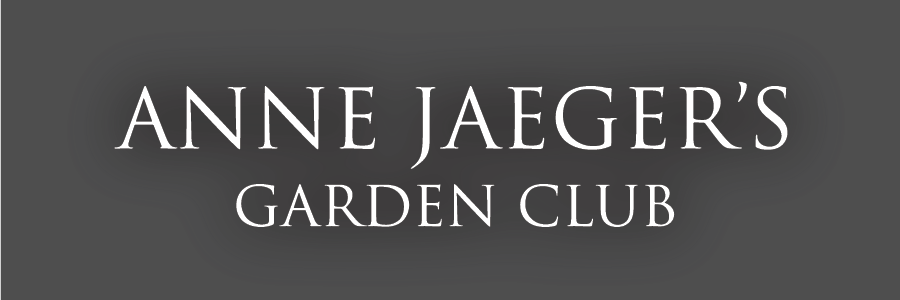The Hummingbirds of Winter
Anne Jaeger On Gardening
I don’t mean to brag, but I’ve got hummingbirds at my house. You too? Darn, and here I thought I was special. Fact is, Scott Lukens of the Backyard Birdshop can’t remember a better winter for hummingbirds. Lukens sees four regulars coming for cocktails at his house and says the hummingbirds are the most common bird at his feeders this year. Lukens speculates the increase may be due to more people planting the hummingbird’s favorite flowers in their gardens. But most of their favorite foods are gone now. So how’d we get so lucky?
It boggles my mind how these tiny birds can find enough to eat in the Northwest in the off season. Only one breed of hummingbird (Anna’s hummingbird) is brave enough to stick around. You’ll recognize the Anna’s because it is the only hummingbird with an iridescent head and bright red throat. Anna’s don’t migrate like the Rufus, even though the Rufus is the most common summer hummingbird in Portland.
I recently noticed the Anna’s feeding on the yellow flowers of a flowering maple (Abutilon ‘Kentish Belles’) outside my garden room window. I rushed downstairs to grab the feeder. I haven’t moved so fast in months, realizing that a feeder is a “sure fire” way to keep hummingbirds around. Their little tongues lap up that sugar water 13 times a second (I wonder which researcher got that job; “Here Ralph, keep your eye on this bird and count how many times you see its tongue.”) Anyway, to make sure my male and female Anna’s don’t high tail it outta here, I’m cooking up hummingbird food as we speak. I make a double batch and keep it in the refrigerator for up to two weeks (a new batch is ready every three days for refills.) The recipe is easy:
Homemade Hummingbird Nectar
4 cups water.
1 cup granulated sugar.
Bring water to a boil. Slowly add the granulated white sugar into boiling water until dissolved. (NO HONEY, POWDERED OR BROWN SUGAR or red food dye! These other sugars cause a fungus on the tongues of hummingbirds and kill them.) Refill feeders every three days and be vigilant about washing out the feeders. Sugar grows mold very quickly.
Even without the sugar water feeders, Anna’s hummingbirds are very resourceful this time of year. They have a keen eye for food to keep that metabolism at hyper-speed. The largest Anna’s weighs less than a nickel and has a heart rate of more than a thousand beats per minute. That brings us to another reason the Anna’s can stay in our gardens now. These tiny torpedo’s go into a mini-hibernation at night called “torpor.” The birds’ entire metabolism slows down, the heart rate is vastly reduced, their body temperate drops drastically and so does their need for high calorie sweets. Isn’t nature grand?
If Anna’s hummingbirds find enough to eat at your place now, they’ll stay around for nesting in February and March. And here’s where gardeners get extra bonus points. Hummingbirds and birds in general— eat the flying, crawling pests you’re trying to kill. So, hummingbirds are nature’s insecticide. They are voracious insect eaters. Anna’s eat more insects and spiders than any other hummingbird and since Portland hasn’t had a hard winter in years, we’ve still got some good juicy spiders to enjoy.
So, in the winter supplement their insect diet with a feeder and beckon them the rest of the year by planting their favorite flowers. As I’ve discovered, the hummingbirds of winter make you feel special, even if you aren’t!
Hummingbird Flowers
*Bee Balm
*Butterfly Bush
*Flowering Maple (Abutilon)
*Fuchsia
*Red Flowering Currant
*Salvia
*Western Redbud
*Weigela


